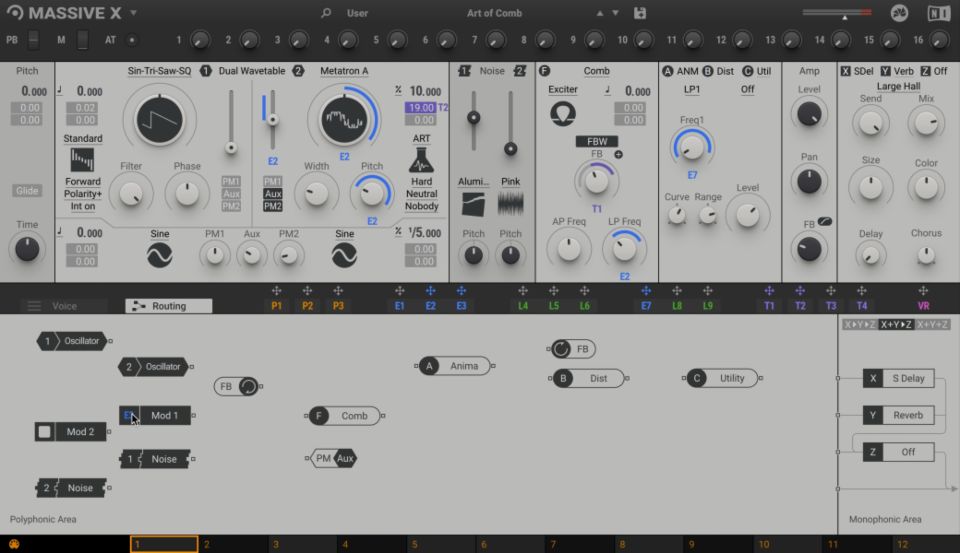

You can just click and drag connections around between the different modules, letting you route audio, for example, to the filter section, through Insert FX, to the feedback bus, to effects, to more than one destination at a time, and so much more. They are the standard types of effects you’d expect, such as delay, reverb, distortion, and flanging, but they have completely new, fantastic-sounding algorithms.Īnother new feature is the audio routing section, which is one of the most flexible ever seen in a synth. While Insert FX are designed for creating special effects within the signal chain, Unit FX are sound-shaping tools applied to the final patch, with up to three applied simultaneously. These can serve either as classic sources for subtractive synthesis (even allowing you to ignore the wavetable oscillators altogether), or building complex DX7-style phase modulation environments. There are three of these Insert FX slots, which can each be filled by different types of audio effects or by Insert Oscillators (sine, pulse width modulation-capable pulse, or saw oscillators).

In a similar way to the Insert FX in MASSIVE, this section is for introducing new elements and polyphonic processing directly within the internal audio signal path. Many have wondered about the ‘IFX (Insert FX)’ and ‘Insert Oscillator’. Needless to say, we think they sound fantastic.
#Massive native instruments trigger plus#
These include classic low-, high-, and band-pass, plus a comb filter and dual filters (one parallel, one serial, with selectable filter combinations for both). Moving along, the filter section comprises eight all-new filters, each with several modes. Next a Noise section offers up to two simultaneous noise sources, selected from over 100, including natural sources like rain and birdsong.

Then these main oscillators can all be further modulated by two phase modulation oscillators (with a number of wavetables designed specifically to be phase modulated). The wavetable oscillators have 10 different modes (some with up to three sub-modes), each with their own distinct character, even when playing the same wavetables. The first section houses two wavetable oscillators and will feature around 125 wavetables at launch, all created by the original designer himself to showcase exactly what these new oscillators are capable of.īut that’s nowhere near the whole story.


 0 kommentar(er)
0 kommentar(er)
